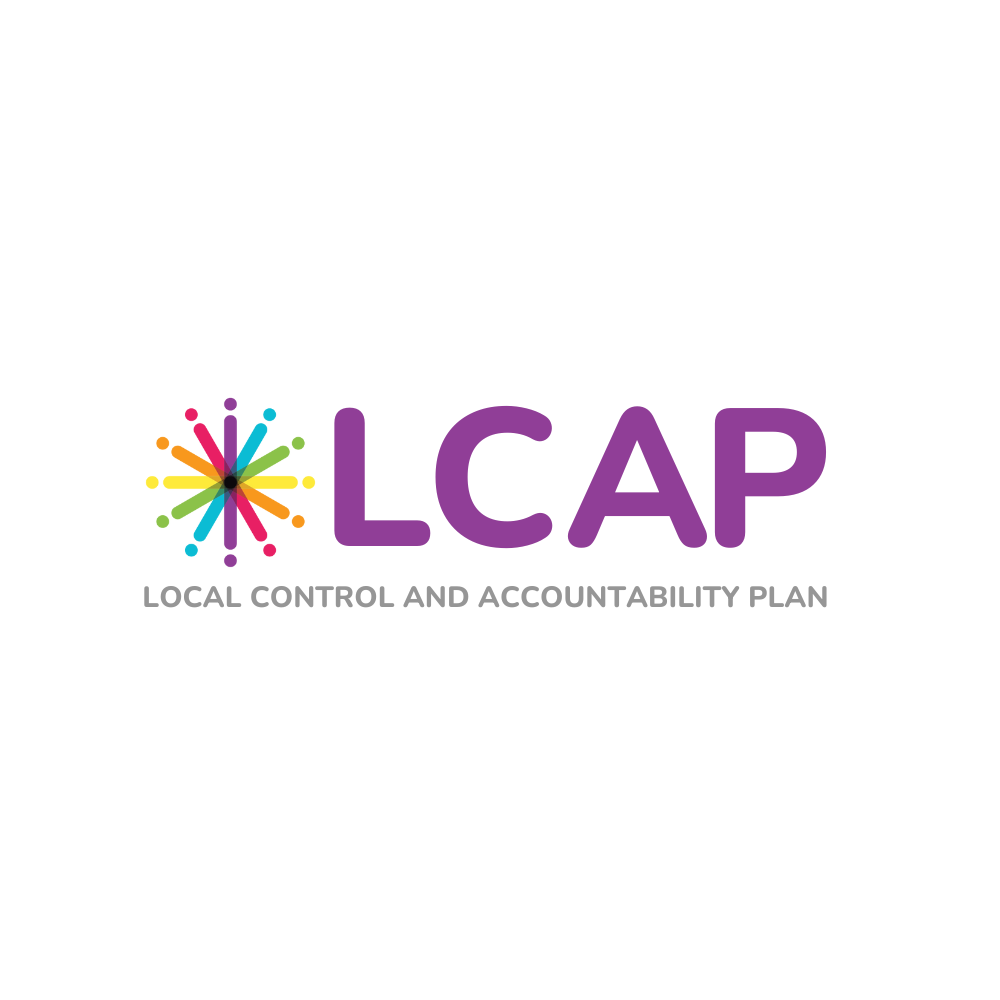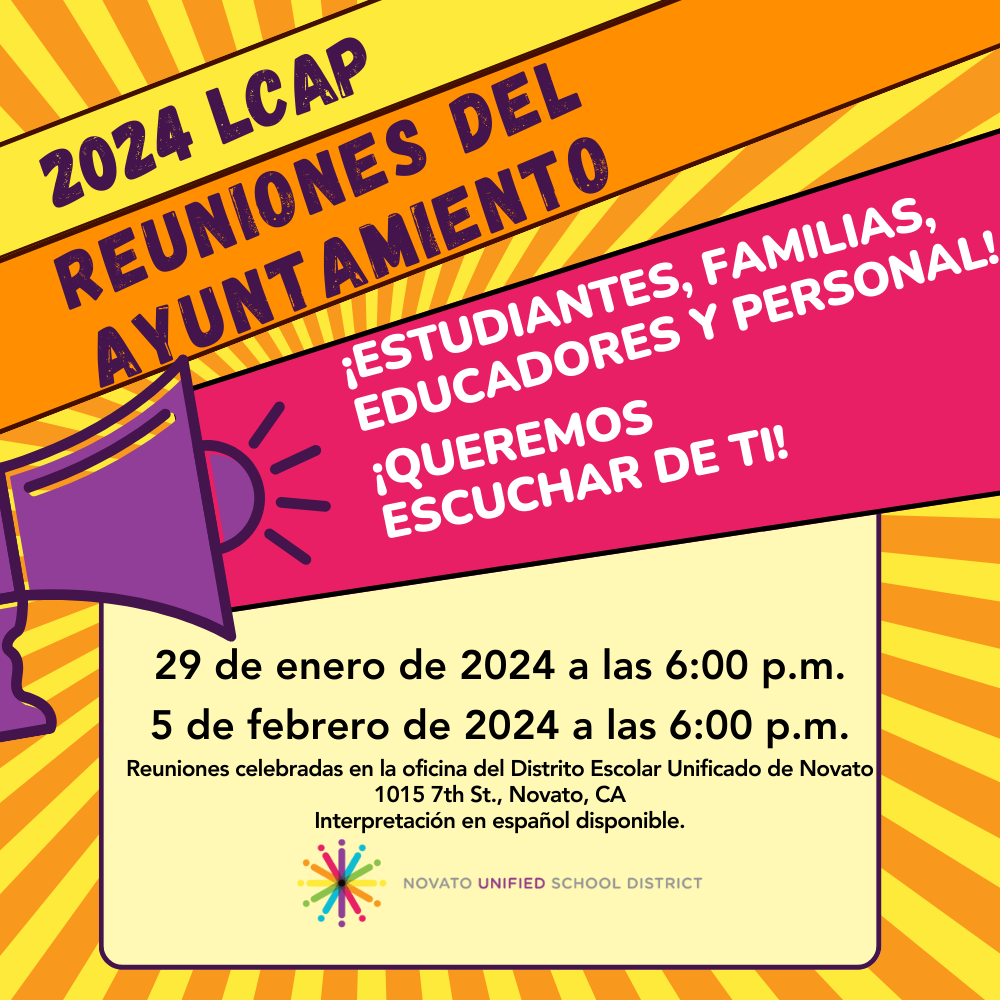


Local Control and Accountability Plan (LCAP)
The Local Control and Accountability Plan (LCAP) is a key part of our district’s strategy, developed in collaboration with our community. It outlines our vision, goals, and actions to improve student outcomes, focusing on eight state-prioritized areas. Annually, we assess our progress using the California Dashboard, ensuring our resources effectively support our objectives.



What is an LCAP?
The Local Control and Accountability Plan, (LCAP) is a critical part of the new Local Control Funding Formula (LCFF). Each school district must engage parents, educators, employees and the community to establish these plans. The plans will describe the school district’s overall vision for students, annual goals and specific actions the district will take to achieve the vision and goals. LCAPs must focus on eight areas identified as state priorities. The plans will also demonstrate how the district’s budget will help achieve the goals, and assess each year how well the strategies in the plan were able to improve outcomes. Each year, the state will publish report card which outlines how well a school is meeting the eight priorities, the California Dashboard, which the district can use to help evaluate and revise for the next year’s LCAP.
Extended Learning Opportunity (ELO)
Upcoming LCAP meetings






NUSD LCAP Quick Facts
Who is Part of the LCAP Process?
NUSD staff, parents, students and community members are all part of the LCAP process.
Why is the LCAP Process important?
LCFF stands for Local Control Funding Formula. Under this new formula, school districts have more decision-making power in determining how to use funds for their schools and specific educational programs. Funds will be allocated by the State on a per student basis with supplemental funds awarded for designated high needs students, which are identified as English learners, low-income students and foster youth.
LCAP, which supports the LCFF, stands for Local Control and Accountability Plan. This three-year plan must be developed, adopted and annually updated along with the LCFF in concert with a school district’s parents, teachers, students, bargaining units and community members. While the LCFF affords greater latitude for districts in how they allocate funds for their schools and programs, the LCAP is a measure that ensures equity, accountability and transparency in that funding process. With LCAP, districts are required to reach out to their stakeholders for input on prioritization of educational programs that support positive student outcomes. The State has noted eight key priority areas that must be addressed in the Plan, and districts, partnering with their various stakeholders, will identify goals and actions associated with each of the eight priorities.
8 Priority Areas:
- Basic Necessities: teachers must be fully credentialed, instructional materials must be available to all students and align with state standards and facilities must be safe.
- Implementation of State Standards: this includes Common Core State Standards in English language arts and math, Next Generation Science Standards, English language development, history social science, visual and performing arts, health education and physical education standards.
- Access to Courses: ensures students have access to classes that prepare them for college and careers, regardless of what school they attend or where they live.
- Student Achievement: programs are designed to improve student outcomes along multiple measures, including test scores, English proficiency and college and career preparedness.
- Other Student Outcomes: this relates to required areas of study, including physical education and the arts.
- Parent Involvement: parents are engaged in the decision-making process and the educational programs of students.
- Student Engagement: this addresses improvement in the areas of student attendance and tardiness.
- School Climate: measures students’ connectedness to school through a variety of factors, such as suspension and expulsion and determines actions for improvement.

